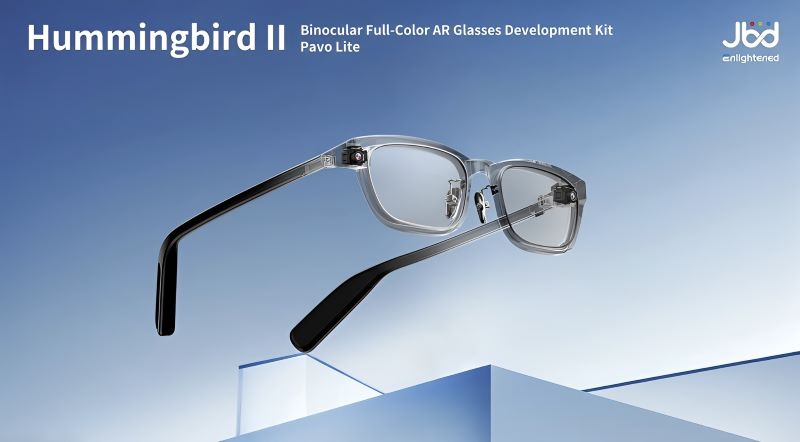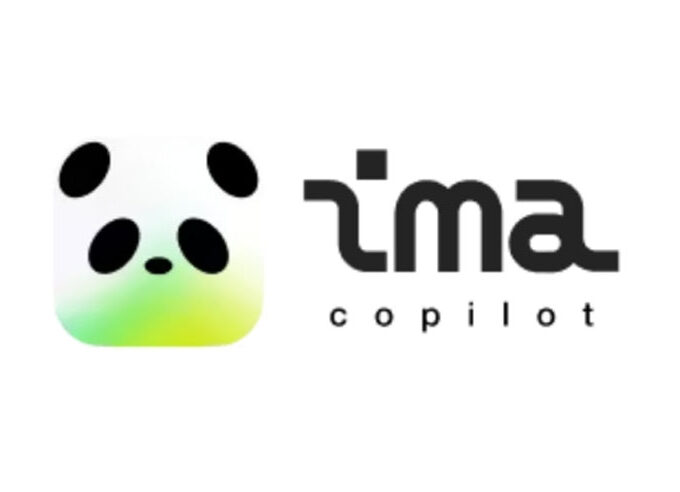Shanghai Xianyao Display Technology Co., Ltd. (JBD), a leading domestic MicroLED firm, has recently closed a B2 round of financing exceeding 1 billion U.S. dollars. This amount sets a new record for the largest single financing in the global MicroLED micro-display sector.
Financing Details
Chaos Investment and CITIC led the round, with participation from CITIC Securities International Capital, CITIC Securities Investment, Lightspeed Photon, Yinbai Investment, Zhiwei Capital, Jinpu Investment, Puyao Xinye, GF Qianhe, GF Xinde, Zhejiang Youjin, and Painuo Capital.
JBD stated that the funds from this round will primarily be used to accelerate innovation and product iteration in its MicroLED micro-display technology. It will also collaborate with ecosystem partners to co-build the consumer-grade AR ecosystem, converting its current technological advantages and commercial accumulation into large-scale industrialization capabilities for the global market.
Founded in 2015, JBD is one of the few enterprises in the industry with mass production capabilities for MicroLED micro-displays. The company has long focused on the R&D and production of MicroLED micro-displays, aiming to provide innovative AR near-eye display solutions for global customers and accelerate the integration and popularization of consumer-grade AR+AI technologies.
To date, JBD has built a comprehensive technical system around MicroLED micro-display panels. This system covers independent backplane design, MOCVD material growth, manufacturing, packaging and testing, as well as display algorithms, leading the industry’s development in multiple aspects.
Product Innovations
In September this year, JBD launched the “Hummingbird Ⅱ” color light engine. With a volume of only 0.2 cubic centimeters and a weight of 0.5 grams—similar in size to a mung bean—this design provides greater flexibility for AR glasses development. It allows the device form to be closer to ordinary glasses, significantly reducing the overall weight of the device, improving wearing comfort, and addressing the long-standing user experience issue of “bulky and uncomfortable wearing” in traditional color waveguide AR devices.
JBD also recently unveiled its “Roadrunner” MicroLED micro-display platform. Boasting a smaller pixel pitch of 2.5 microns, the platform greatly enhances pixel density to reach 10,160 PPI. Meanwhile, through innovations in process technology and device structure, the “Roadrunner” platform solves the technical problem of low luminous efficiency in ultra-small MicroLEDs, enabling lower backplane power consumption and higher luminous efficiency.
Industry analysis notes that MicroLED micro-displays are evolving toward smaller pixel sizes and higher luminous efficiency. Smaller pixel sizes mean more pixels can be integrated per unit area, which significantly reduces the physical size of screens/light engines while ensuring resolution—facilitating more compact and lightweight designs for AR glasses.
Given the compact internal structure of AR glasses, higher luminous efficiency translates to lower power consumption with unchanged battery capacity, helping to extend the overall battery life of the device. Through technical iteration, the “Roadrunner” platform not only enhances visual clarity but also effectively strengthens the immersion of virtual-real integration. It supports the upgrade of AR interaction experiences and provides a technical foundation for next-generation light engines with small sizes and large field angles.

Market Application
JBD disclosed that its MicroLED micro-display products are currently used in nearly 50 smart glasses models. These include products from well-known domestic brands such as Rokid Glasses, Alibaba Kuaike AI Glasses, Thunderbird X3 Pro, INMO GO3 by Yingmu Technology, Xuanjing M5 by Weiguang Technology, Leion Hey2 by Liangliang Vision, and Halliday. The company has also secured mass production orders from international tech giants.
JBD expects more new products based on its technology to be released in the coming year, as the integration of AI and AR continues to gain momentum—recognized as a key driver for the transformation of next-generation smart terminals.
Counterpoint’s latest “Global XR (AR/VR) Head-Mounted Display Model Shipment Tracking Database” points out that hardware OEMs and internet giants are increasing their investment in AR smart glasses development. With the rise of the “AR+AI” trend, the market is expected to achieve strong growth in the next few years.
In the AR near-eye display scenario, MicroLED micro-displays have become a mainstream technical route. Combining high brightness, small size, and long battery life, they perfectly meet the needs of lightweight, all-day AR glasses and are widely regarded as one of the optimal display solutions for AR+AI glasses.










